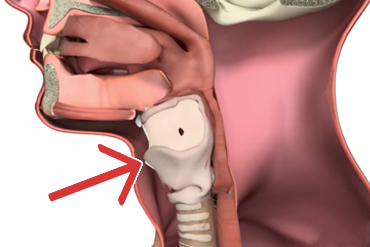Cancer of the larynx or the voice box is a type of cancer similar to the vocal card cancer. The upper part of the trachea is the larynx where the vocal cords are found. The vocal cords meet together and vibrate properly, so if there is change in the voice, it indicates early symptom.



